Panorama of ancient metazoan macromolecular complexes
- PMID: 26344197
- PMCID: PMC5036527
- DOI: 10.1038/nature14877
Panorama of ancient metazoan macromolecular complexes
Abstract
Macromolecular complexes are essential to conserved biological processes, but their prevalence across animals is unclear. By combining extensive biochemical fractionation with quantitative mass spectrometry, here we directly examined the composition of soluble multiprotein complexes among diverse metazoan models. Using an integrative approach, we generated a draft conservation map consisting of more than one million putative high-confidence co-complex interactions for species with fully sequenced genomes that encompasses functional modules present broadly across all extant animals. Clustering reveals a spectrum of conservation, ranging from ancient eukaryotic assemblies that have probably served cellular housekeeping roles for at least one billion years, ancestral complexes that have accrued contemporary components, and rarer metazoan innovations linked to multicellularity. We validated these projections by independent co-fractionation experiments in evolutionarily distant species, affinity purification and functional analyses. The comprehensiveness, centrality and modularity of these reconstructed interactomes reflect their fundamental mechanistic importance and adaptive value to animal cell systems.
Figures
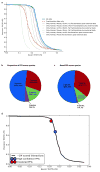

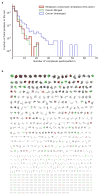





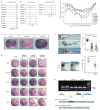



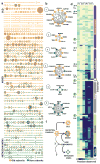

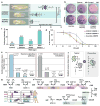
Comment in
-
The Biochemical Evolution of Protein Complexes.Trends Biochem Sci. 2016 Jan;41(1):4-6. doi: 10.1016/j.tibs.2015.11.007. Epub 2015 Dec 9. Trends Biochem Sci. 2016. PMID: 26682499 Free PMC article.
-
SYSTEMS BIOLOGY: Ancient protein complexes revealed.Nat Methods. 2015 Nov;12(11):1011. doi: 10.1038/nmeth.3646. Nat Methods. 2015. PMID: 26824107 No abstract available.
References
Publication types
MeSH terms
Substances
Grants and funding
LinkOut - more resources
Full Text Sources
Other Literature Sources
Molecular Biology Databases

